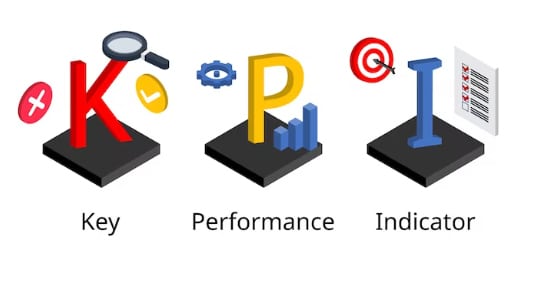Affiliate Marketing: In the dynamic world of digital marketing, the landscape is ever-changing, and strategies that were effective yesterday might not be as impactful tomorrow. One such shift that has garnered significant attention is the rise of micro-influencers in affiliate programs. In this article, we’ll delve into the intricacies of this phenomenon, exploring its advantages, how to harness it for your brand, and the future trends that may shape the industry.
I. Introduction of Affiliate Marketing
Definition of Micro-Influencers

Micro-influencers are individuals with a modest but dedicated following on social media platforms, typically ranging from 1,000 to 100,000 followers. Unlike mega influencers, micro-influencers are known for their authentic and engaged audience.
Overview of Affiliate Programs

Affiliate programs involve partnerships between brands and individuals, where influencers earn a commission for driving traffic or sales to the brand through their unique affiliate links.
II. The Changing Landscape
Evolution of Influencer Marketing

In the early days of influencer marketing, brands gravitated towards celebrities with massive followings. However, this approach often lacked authenticity and failed to connect with the audience on a personal level.
Rise of Micro-Influencers

As consumers seek more genuine connections, micro-influencers have emerged as powerful voices. Their smaller but highly engaged audiences trust their recommendations, leading to higher conversion rates for brands.
III. Advantages of Micro-Influencers in Affiliate Programs
Authenticity and Relatability

Micro-influencers are perceived as more authentic and relatable, fostering a deeper connection with their audience. This authenticity translates into higher trust levels when promoting affiliate products.
Niche Expertise

Micro-influencers often focus on specific niches, allowing brands to target a more refined audience. This targeted approach results in more meaningful engagement and increased likelihood of conversions.
Cost-Effectiveness

Collaborating with micro-influencers is often more budget-friendly for brands, making it an attractive option for those with limited marketing resources.
IV. How to Identify and Connect with Micro-Influencers

Identifying micro-influencers involves scouring social media platforms relevant to your industry. Analyzing engagement rates, content quality, and audience demographics are essential steps.
Engagement Metrics

Look beyond follower count and focus on engagement metrics like likes, comments, and shares. High engagement indicates a more active and responsive audience.
Outreach Strategies

Craft personalized outreach messages that highlight the value of the collaboration. Establishing genuine connections is key to securing successful partnerships.
V. Setting Up a Blog for Affiliate Marketing
Choosing a Niche

Selecting a niche that aligns with your brand and resonates with your target audience is crucial for a successful affiliate marketing blog.
Selecting Affiliate Programs

Carefully choose affiliate programs that complement your niche and offer products or services your audience will find valuable.
Creating Quality Content

Producing high-quality, informative, and engaging content is the foundation of a successful affiliate marketing blog. This content should seamlessly incorporate affiliate links.
VI. Case Studies: Successful Collaborations
Highlighting Real-Life Examples

Explore case studies showcasing successful collaborations between brands and micro-influencers. Highlight the strategies employed and the outcomes achieved.
Demonstrating Effective Strategies

Break down the strategies that contributed to the success of these collaborations. Discuss the importance of aligning brand values and leveraging the influencer’s unique strengths.
VII. Measuring Success with Micro-Influencers
Key Performance Indicators (KPIs)

Define and measure key performance indicators such as click-through rates, conversion rates, and overall revenue generated through affiliate links.
Analyzing ROI

Evaluate the return on investment by comparing the costs of the collaboration with the revenue generated. This analysis informs future decision-making.
VIII. Challenges and Solutions
Overcoming Common Obstacles

Address common challenges associated with micro-influencer marketing, such as identifying the right influencers and managing expectations.
Implementing Effective Solutions

Provide practical solutions to overcome challenges, emphasizing the importance of communication, transparency, and mutual understanding.
IX. Future Trends in Micro-Influencer Marketing
Emerging Technologies

Explore how emerging technologies like augmented reality and artificial intelligence may influence the landscape of micro-influencer marketing.
Industry Predictions

Discuss expert predictions on the trajectory of micro-influencer marketing and how brands can stay ahead of the curve.
X. Conclusion
Recap of Micro-Influencers’ Impact
Summarize the article’s key points, emphasizing the significance of micro-influencers in shaping the future of affiliate marketing. Affiliate marketing can help you to work as separate entity rather than joining a 9 to 5 jobs.
Written by : Falak

